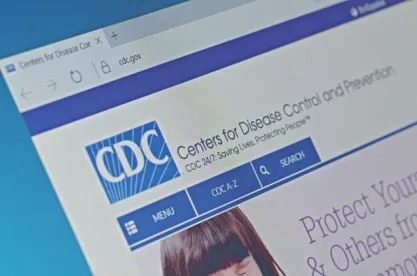On July 17, 2020, the U.S. Centers for Disease Control and Prevention (CDC) revised its Discontinuation of Isolation for Persons with COVID-19 Not in Healthcare Settings interim guidance. This is the guidance upon which employers rely in determining when employees are safe to return to work after being sick with or testing positive for COVID-19. Significantly, the CDC changed the criteria to require that a person be fever-free for 24 hours versus the previous requirement of being fever-free for 72 hours. The CDC notes that its reduction in the isolation period is based on current data as analyzed in its decision memo.
Consequently, the updated symptom-based criteria for when an individual can leave home isolation (and thus return to work) is as follows:
- “At least 10 days have passed since symptoms first appeared and
- At least 24 hours have passed since last fever without the use of fever-reducing medications and
- Symptoms (e.g., cough, shortness of breath) have improved.”
[Emphasis in original.]
As with prior iterations of the guidance, the CDC also presents a test-based strategy for returning symptomatic employees to work after resolution of fever, improvement in other symptoms, and receiving negative results from two COVID-19 tests (polymerase chain reaction (PCR) tests) where the specimens were collected at least 24 hours apart. The guidance on time-based and symptom-based strategies for asymptomatic individuals who test positive for COVID-19 remains unchanged.
As the symptom-based strategy is the preferred strategy in many states and for many employers, this change to the CDC’s guidance potentially shortens the period of time employees will need to remain out of work after testing positive for COVID-19 or developing clinically compatible symptoms. The CDC continues to adjust these guidelines based on emergency data on the virus.




 />i
/>i

